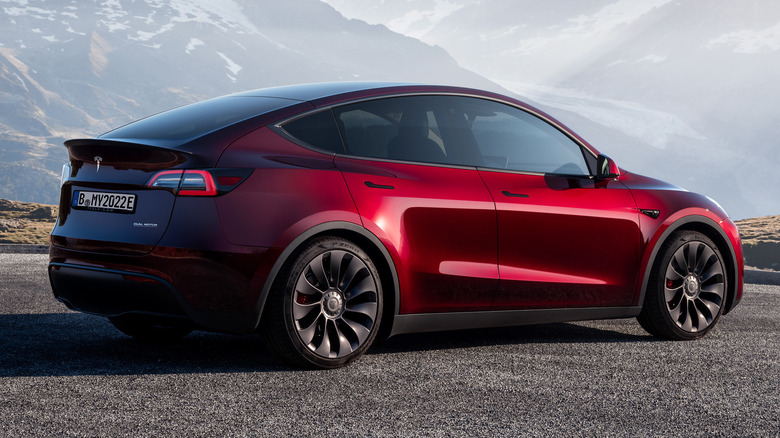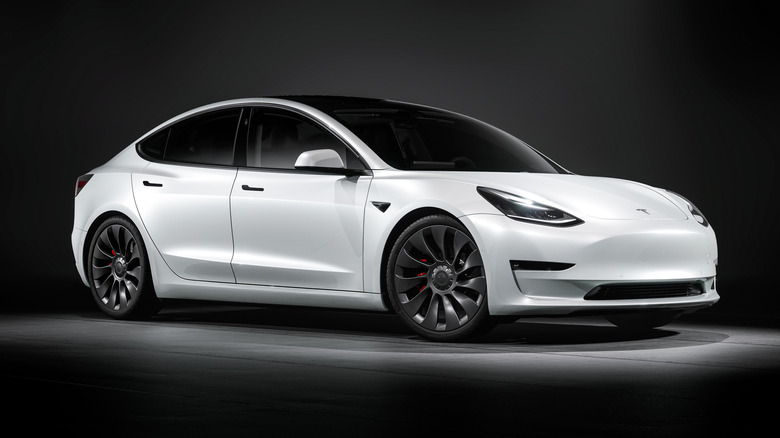Tesla Hits Pause On Full Self-Driving Beta Rollout: Here's Why
The Tesla Full Self-Driving feature has been a debacle almost since the very first time it was shown off to the public with a tech demo in 2016. That demo has been revealed as allegedly staged as the Tesla (in this case a Model X) was supposedly coded to make turns and lane changes ahead of time and the car was not driving itself. It's also worth noting that since the feature is only a Level 2 autonomous feature as defined by the Society of Automobile Engineers and by definition, cannot drive itself.
To diehard Tesla fans, the technology is an exciting look toward the future of cars. To detractors, Tesla has run into the question posed by Jeff Goldblum's character in "Jurassic Park." Tesla got so caught up in wondering if it could make self-driving cars with available technology, it apparently never stopped to ask if it should. Earlier this month, the National Highway Traffic and Safety Administration announced a recall that affected over 360,000 vehicles that have the Full Self-Driving Beta installed. According to authorities, the software could cause the vehicle to crash in certain circumstances. Now, Tesla is rolling back the launch of the feature until it can work out the issues.
Not quite self driving
According to Tesla's website, EV owners who have opted in to receive the Full Self-Driving Beta software (a $15,000 option on a new Tesla) and have not received it yet, will have to wait until the software is fixed. If a Tesla owner already has the beta installed, it won't remove any features, but the software will be augmented to lessen the risk of a crash.
Tesla notes that four different situations may cause the Full Self-Driving Beta software to "potentially infringe upon local traffic laws or customs." First, it couldn't negotiate state yellow lights at an intersection. Second, the software would sometimes roll through stop signs if there were no other cars present. Third, the vehicles occasionally had issues in variable speed limit zones. Lastly, Teslas with the software would rarely go straight from a designated turn-only lane. All of these situations could lead to at least angry drivers in other cars or a ticket, and at worst, a crash.
Once the software fix is available, affected Teslas will receive an over-the-air update. As of now, a timeline has not been specified.

